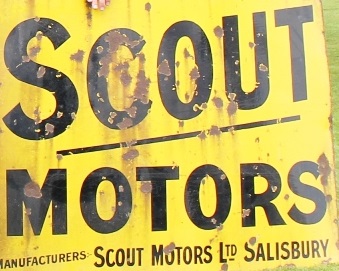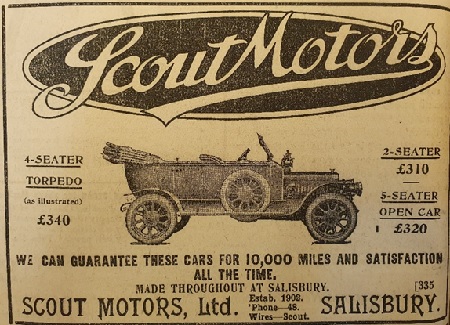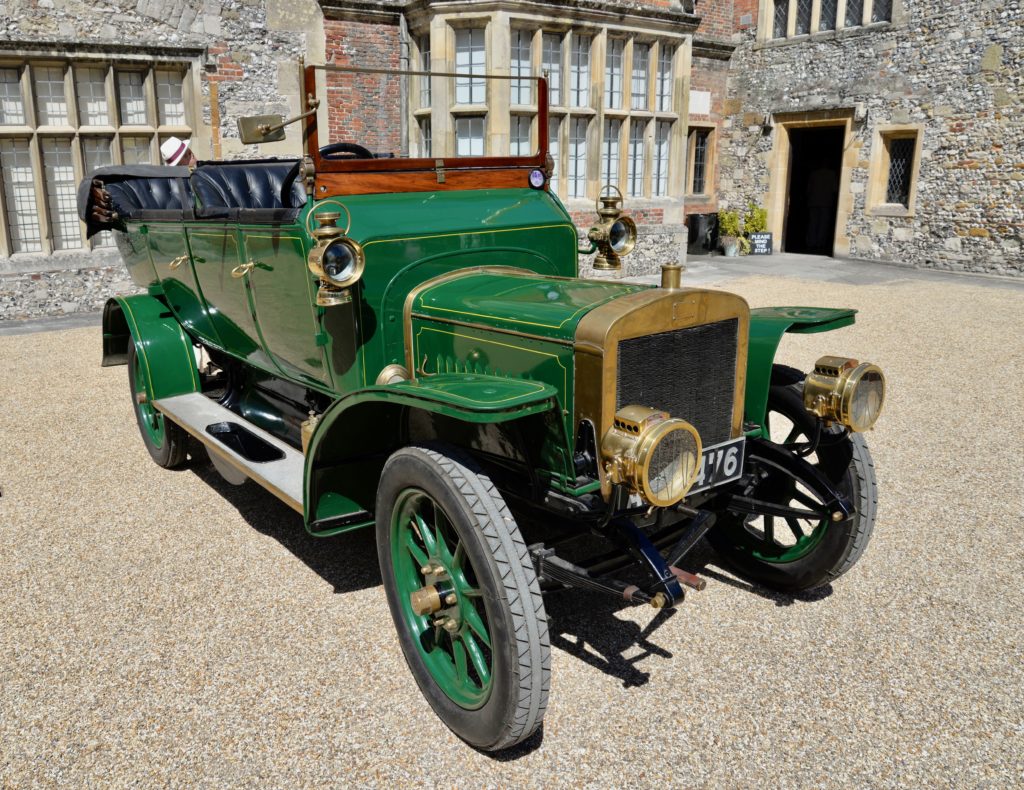Scout Motors was a local Salisbury company founded in 1902 by Joseph Percy Dean and brothers, William and Albert Burden. They produced their first car in 1905 and Dean drove it in the first ever Tourist Trophy car race, held on the Isle of Man that same year. Unfortunately, the car didn’t finish the race, running out of fuel after 185 miles – only 23.5 miles from the finish line!
By 1905, the company was employing around 80 men. Each car took six to eight weeks to build and cost between £285 and £550. The company kept growing, and in 1912 saw record sales figures, with 31 cars registered in Wiltshire alone. The company now employed over 150 men.
However, the First World War took its toll on the company, leaving it without much money or skilled workers. In 1921, the company went into liquidation.




